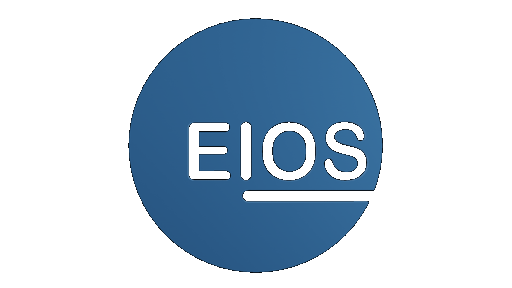
Eios bridges the gap between cutting-edge AI and immersive 3D interactions, allowing users to not just see or hear but actively engage with virtual spaces and objects in ways that make medical and aesthetic experiences more personal, accessible, and effective.
The trends in the medical spa and aesthetics industry align with Eios‘ potential in creating more interactive, personalized, and immersive experiences for wellness and aesthetics. Here’s how it ties together and how an AI agent can interact with 3D objects in this context:
Virtual Consultations + Immersive 3D
- Imagine a patient consulting with a medical spa practitioner in a virtual environment powered by Eios.
- Instead of a standard video call, the user interacts with a 3D model of their face or body, simulated in the virtual space. They can see potential results of treatments like Botox or microneedling in real-time, with AI suggesting customized options.
AI and Customization in 3D
- Eios can pair AI agents with 3D avatars or models that represent the user. AI could analyze skin conditions, facial features, or treatment histories and visualize these insights on a 3D model in real-time.
- This makes consultations highly interactive and visual, showing “before and after” scenarios or demonstrating what different treatments might look like.
Holistic Mental Health Integration
- Eios could provide relaxing and therapeutic virtual environments. Patients can “enter” calming 3D spaces while interacting with AI agents that guide them through wellness exercises, mindfulness sessions, or post-treatment advice.
An AI agent connected to a 3D object is more than just a voice assistant or search engine.
Here’s how it works:
Dynamic Responses to User Inputs:
- Users can interact with the 3D object by touching or moving it (in VR/AR) or by providing voice commands.
- The AI understands these interactions and updates the object accordingly, making the experience feel alive and personalized.
Interactive Visual Feedback:- An AI agent can control and manipulate 3D objects in real-time.
- If you ask, “How would my skin look with this treatment?” the AI could dynamically update a 3D model of your face to show the outcome.
- An AI agent can control and manipulate 3D objects in real-time.
- AI-Driven Real-Time Modeling:
- The AI could process data from medical scans (like 3D skin imaging) and map it onto a 3D model of the patient. It can analyze this model to provide visualizations of problem areas, predict the results of treatments, or recommend specific procedures.
- Behavioral Simulations:
- AI can simulate the behavior of the 3D object. For example:
- If a 3D object represents a muscle group, the AI can animate how the muscle moves before and after treatment, showing potential improvements or restrictions.
- AI can simulate the behavior of the 3D object. For example:
- Immersive Storytelling for Learning:
- AI agents can guide users through an interactive journey in a 3D world. For a medical spa, this might include walking patients through a virtual “treatment room” where they can observe procedures step-by-step.
Real-World Example of Eios
Scenario: A user logs into the Eios platform to explore facial treatments
-
- The AI greets them with a virtual avatar, analyzes their uploaded photo or scan, and creates a 3D model of their face.
-
- The user says, “Show me how I’d look with fewer wrinkles.”
-
- The AI updates the 3D model to show the likely results of a Botox treatment, adjusts the visualization based on different dosages, and even highlights recovery timelines.
- The session takes place in a calming VR spa environment, integrating mental wellness features.
Applications in Training and Support for Industry Equipment and Devices
Eios can revolutionize training and support for manufacturer machines used in the medical spa and aesthetics industry by offering interactive and immersive learning environments. For example, AI agents paired with 3D models of laser equipment or microneedling devices can guide practitioners step-by-step through usage, maintenance, and troubleshooting.
In a virtual space, trainees can simulate operating the machines without risking real-world errors, while the AI provides instant feedback and answers questions in real time.
Additionally, manufacturers could embed AI-driven training modules into Eios, allowing clinics to onboard new staff quickly or troubleshoot issues remotely, minimizing downtime and ensuring consistent, high-quality service delivery.
This approach makes training more accessible, scalable, and cost-effective, while also enhancing the overall safety and proficiency of practitioners.